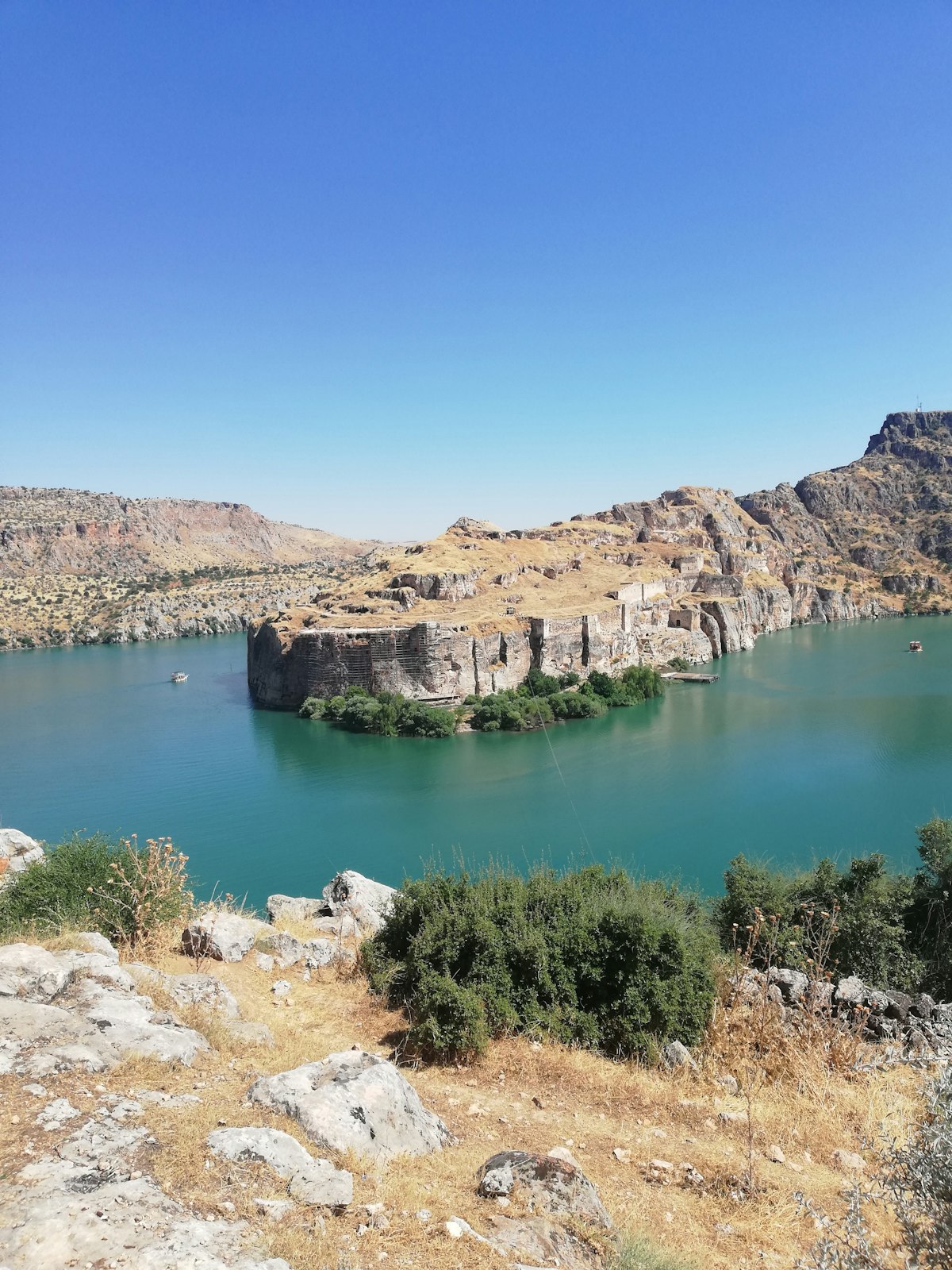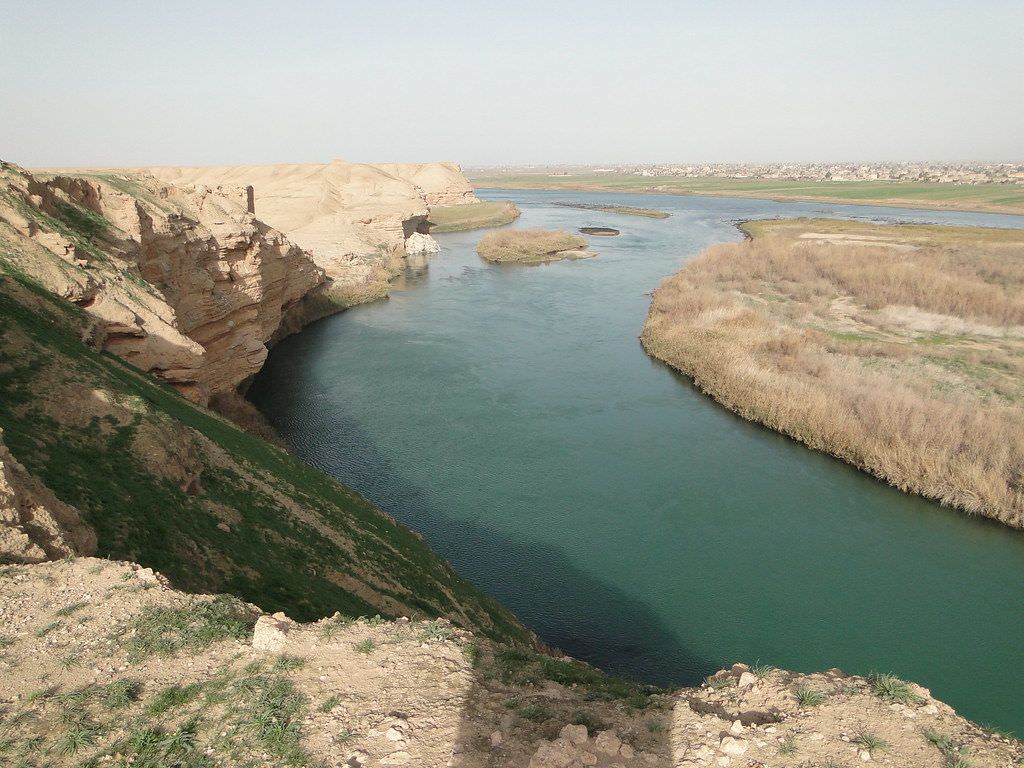About Mesopotamia
More facts about Mesopotamia.

The Economy:
Mesopotamia was built upon farming and trade. Some of the excess produce was sold or traded for other materials that were scarcer in their country, like copper, tin, and timber. The Mesopotamians exported dried fish, wool, wheat, and metal goods (they were famous for being skilled metalworkers).
Trading was made easier when the Mesopotamians invented the wheel.
The Social Structure:
There were three major social groups in Mesopotamia: The nobles, commoners, and slaves.
The nobles were the royalty and the priests; the commoners worked in palaces and temples, they also worked as farmers, merchants, and craftspeople, but more than 90% were farmers because of the rich soil; the slaves worked in the construction of buildings.
The Buildings:
Most of the buildings in Mesopotamia were made using sun-dried bricks, only a few were constructed using stone or wood.
The most famous buildings that the Mesopotamians built were the ziggurats, temples to their "gods". The ziggurats looked like a pyramid with stairs leading up to the top, where there was a temple.

Tools and Weapons:
Tools:
The Mesopotamians used saws, chisels, hammers, braces, bits (for horses), nails, pins, hoes, and glue.
Weapons:
The Mesopotamians fought with bows and arrows, axes, knives, lances, swords, daggers, and clubs.
Their Religion:
The Mesopotamians believed that each city had its own own "god", for them, the ziggurats connected heaven and earth and everyone had to present sacrifices at the ziggurat every once in a while.
The previous article about Mesopotamia:





